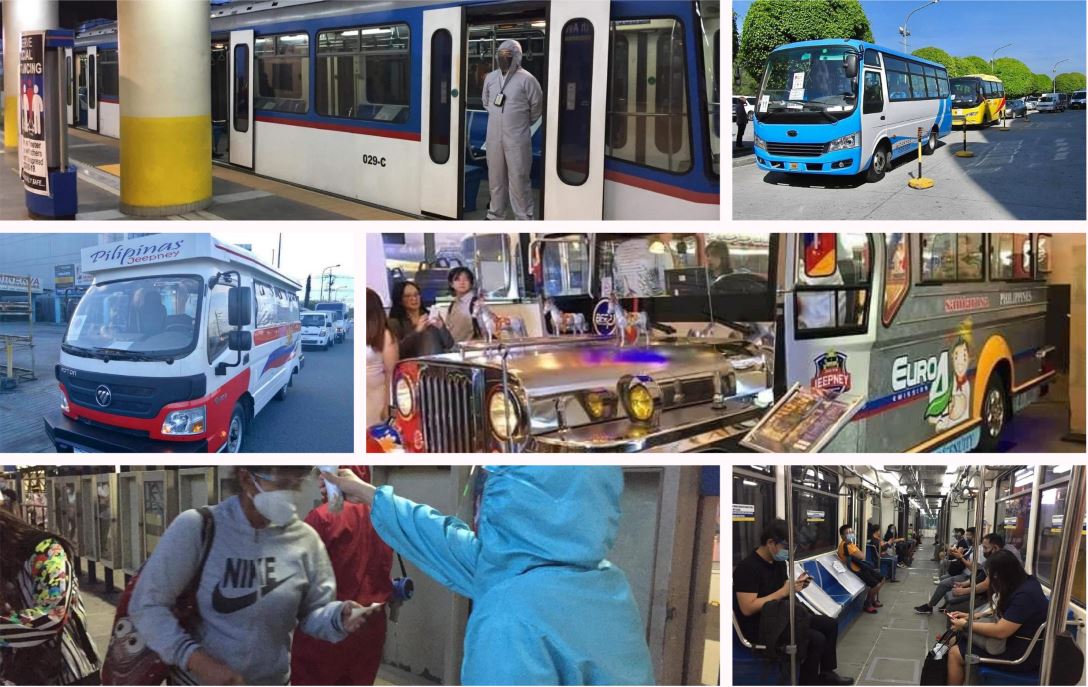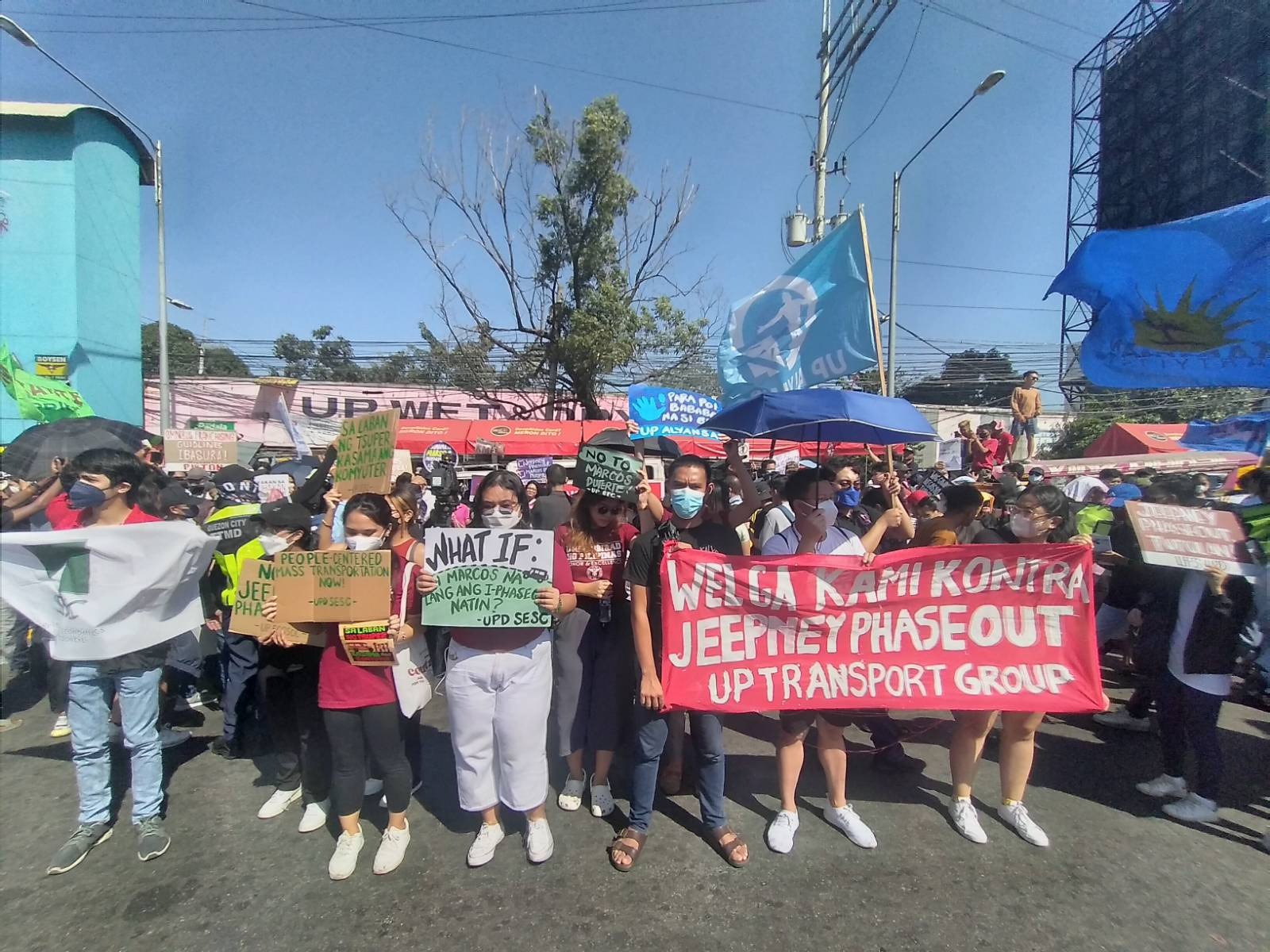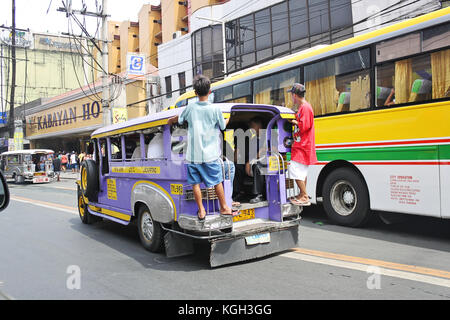Transit Advertising Philippines: Get To Countless Travelers Daily
Transit Advertising Philippines: Get To Countless Travelers Daily
Blog Article
Exactly How Transportation Advertising And Marketing Can Change Public Transport Spaces Into Dynamic Advertising And Marketing Platforms
Transportation advertising holds substantial potential to redefine public transport areas into dynamic advertising platforms that inform and involve. As we check out the diverse advantages and developing methods of transit advertising, it increases the inquiry of how this makeover could redefine our communications with both brands and the city environment.
Advantages of Transportation Advertising And Marketing

In addition, transit advertising and marketing is extremely cost-effective contrasted to conventional media. It enables marketers to accomplish high impacts at reduced costs, making best use of roi. The restricted audience of commuters gives an opportunity for brands to convey their messages to individuals who are frequently receptive during their traveling times.
Additionally, the vibrant nature of transit advertising and marketing permits projects to be upgraded often, making sure that messaging stays pertinent and prompt. This adaptability can be important in replying to market fads or advertising occasions, maintaining the brand name top-of-mind for customers. Last but not least, the pervasive existence of transit marketing adds to brand recall; duplicated exposure within familiar traveling contexts reinforces brand name understanding and promotes consumer commitment, eventually driving sales and improving brand credibility.
Kinds of Transit Advertising And Marketing
Public transportation systems supply different formats for advertising, each accommodating various advertising and marketing strategies and target market engagement techniques. One popular kind is exterior bus and train wraps, which cover the entire vehicle and produce a mobile billboard effect, permitting high exposure in metropolitan atmospheres. These wraps can catch focus as they go across active streets, reaching a diverse audience.
An additional prominent format is indoor marketing, that includes posters, electronic displays, and advertisements on transportation seats. These placements engage guests during their journey, reinforcing brand name messaging in a restricted room. Digital shows, in specific, offer the benefit of dynamic web content, allowing marketers to upgrade messages in real-time.
Station advertising and marketing is likewise considerable, including posters, banners, and interactive kiosks within transportation stations. These ads leverage foot web traffic and can target certain demographics based upon area.
Lastly, promotional partnerships with transportation authorities can bring about one-of-a-kind campaigns, such as themed transportation experiences or events, boosting the overall engagement with travelers. Each kind of transit advertising supplies distinct advantages, enabling brand names to customize their technique to properly reach their target market within the public transportation environment.
Engaging Travelers Successfully
Commuters are significantly swamped with advertising and marketing messages during their day-to-day journeys, making it vital for brands to involve them in ingenious methods. To catch interest in this jampacked space, marketers need to prioritize creativity and importance. Utilizing distinctive visuals and concise messaging can substantially improve the probability of engagement.
Interactive elements, such as QR codes or augmented fact attributes, can additionally change static ads into immersive experiences, fostering a much deeper connection with the audience. Brand names ought to concentrate on attending to travelers' needs and interests, customizing messages to resonate with their way of life, whether through promotions for local businesses or services made to improve their commuting experience.
In addition, timing plays a vital function; tactically positioning advertisements throughout peak commuting hours can optimize exposure and impact. Involving commuters properly also entails leveraging social media integration, permitting guests to share their promotions or experiences directly from transit systems, thus magnifying brand name reach.
Essentially, effective engagement hinges on understanding the traveler journey and producing engaging, interactive, and pertinent advertising and marketing experiences that not only catch focus but likewise drive action and commitment. By doing so, brands can change public transport into a dynamic advertising and marketing platform that reverberates with its audience.

Measuring Advertising And Marketing Influence
How can brands accurately evaluate the performance of their ad campaign in transit atmospheres? Determining the impact of transportation marketing needs a multifaceted approach that incorporates quantitative and qualitative metrics. One prevalent technique is tracking engagement with mobile analytics, where brands can analyze foot web traffic patterns and application interactions in the past, throughout, and after campaigns.
Studies can give useful insights right into brand name recall and customer belief, allowing brands to evaluate exactly how well their messages reverberate with travelers. Furthermore, keeping an eye on social networks involvement associated to specific campaigns can reveal shifts in public assumption and brand name conversation.

Furthermore, collaborating with transportation firms can improve dimension accuracy, as they commonly possess comprehensive demographic information on ridership fads. By integrating these methods, brands can create a comprehensive understanding of their marketing performance, making certain that their campaigns not only get to however also influence their target market properly.
Future Patterns en route Advertising And Marketing
A considerable change is anticipated in transit marketing as technical advancements and altering consumer behaviors reshape the landscape. Transit Advertising Philippines. The combination of digital display screens and interactive media is expected to improve interaction, permitting brands to provide vibrant web content that reverberates with varied target markets. As public transport systems accept clever modern technology, advertisers will certainly utilize real-time data analytics to customize messages based upon traveler demographics and habits
Furthermore, augmented reality (AR) is poised to change the method commuters communicate with ads. By offering immersive experiences, AR can change a mundane trip into an engaging story that records attention and cultivates brand commitment. This development will likely encourage advertisers to develop even more experiential projects that drive customer communication.
Sustainability is one more crucial pattern affecting transportation marketing. As ecological consciousness expands, brands will significantly look for to align with environmentally friendly methods, making use of sustainable materials and advertising environment-friendly initiatives within their campaigns.
Final Thought
In final thought, transportation marketing uses considerable benefits by enhancing brand name visibility and engaging a captive audience. As trends advance, the possibility for ingenious interactions between brands and commuters is positioned to expand, making certain that transit marketing stays a crucial part of modern-day marketing techniques.
Transportation advertising and marketing holds significant potential to visit this web-site redefine public transportation spaces into vivid marketing platforms that notify and engage. The prevalent presence of transit advertising and marketing adds to brand recall; repeated direct exposure within familiar travel contexts enhances brand name understanding and cultivates customer commitment, inevitably improving and driving sales brand online reputation.
How can brands accurately useful source examine the performance of their advertising and marketing projects in transportation atmospheres?In conclusion, transportation advertising and marketing supplies significant advantages by improving brand name exposure and involving a captive audience. Transit Advertising Philippines. As trends progress, the capacity for ingenious communications between travelers and brands is positioned to grow, making sure that transit marketing remains an important element of modern-day advertising and marketing strategies
Report this page